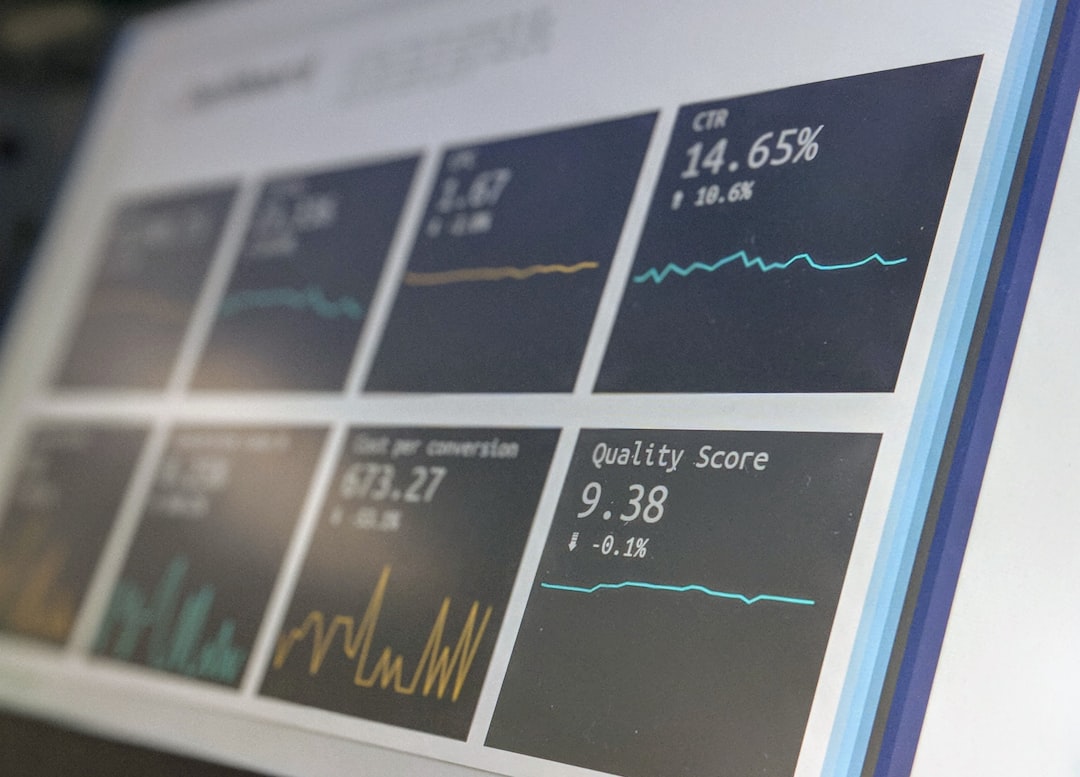
Data Duplication: How Caching and Cloning Can Improve Deck Performance
In the ever-evolving world of software development and deployment, data duplication presents significant challenges. However, leveraging caching and cloning strategies can significantly enhance deck performance, ultimately leading to improved user experiences and operational efficiency. This article explores the intricacies of data duplication and how caching and cloning serve as effective solutions.
Understanding Data Duplication
Data duplication occurs when the same piece of data is stored in multiple places within a system. While redundancy can sometimes be beneficial for data recovery purposes, excessive duplication often leads to inefficiencies, increased storage costs, and complex data management challenges. In the context of application performance, duplicated data can slow down response times and create inconsistencies across different services.
The Role of Caching in Reducing Data Duplication
Caching is a powerful technique used to temporarily store frequently accessed data in a location that allows for rapid retrieval. By caching data, systems can reduce the need to repeatedly fetch the same information from the database. This approach can significantly minimize data duplication, as data is stored once in the cache instead of being redundantly queried from the source.
Benefits of Caching
-
Performance Improvement: By storing data in memory, caching reduces latency and enhances application response times. This is particularly important for applications that require real-time access to data.
-
Reduced Load on Databases: Caching decreases the number of queries sent to the database, which helps alleviate pressure on the database server and optimizes resource utilization.
-
Cost Efficiency: By reducing the need for extensive database resources, caching can help lower operational costs associated with data management.
Practical Example of Caching
Consider a web application that retrieves user profile information. Without caching, each request to view a profile would require a database query, leading to increased latency and server load. By implementing caching strategies, the application can store the user profile data in memory after the first retrieval, allowing subsequent requests to access the cached data quickly.
# Example of setting up a simple cache in Python using Flask
from flask import Flask, request, jsonify
from werkzeug.contrib.cache import SimpleCache
app = Flask(__name__)
cache = SimpleCache()
@app.route('/profile/', methods=['GET'])
def get_user_profile(user_id):
user_profile = cache.get(user_id)
if user_profile is None:
# Simulate a database call
user_profile = {"id": user_id, "name": "User Name"}
cache.set(user_id, user_profile, timeout=5 * 60) # Cache for 5 minutes
return jsonify(user_profile) Cloning: An Effective Strategy for Data Duplication Management
Cloning refers to creating an exact replica of an application’s environment, including its data and configurations. This method is particularly useful in development and testing environments, allowing teams to work with data that closely resembles production without risking actual production data.
Benefits of Cloning
-
Environment Consistency: Cloning ensures that developers and testers work in environments that mimic production settings, reducing the chances of discrepancies and bugs arising from environment differences.
-
Streamlined Testing: By using cloned environments, teams can quickly test new features or bug fixes without impacting live applications.
-
Data Integrity: Cloning allows teams to work with realistic data without compromising sensitive information, as environments can be anonymized or sanitized.
Case Study: Cloning in Action
A major e-commerce platform faced challenges in testing new features due to data inconsistencies across environments. By implementing a cloning strategy, the platform could create identical testing environments with real production data, allowing developers to test features effectively. This led to a 30% reduction in the time taken to deploy new features, as testing became more reliable and efficient.
Current Trends in Caching and Cloning
Emerging trends in caching techniques, such as edge caching and distributed caching, are helping organizations further refine their performance strategies. Likewise, containerization technologies like Docker facilitate easy cloning of environments, making it simpler for teams to manage multiple instances of applications.
Conclusion
Data duplication can hinder application performance and efficiency. By employing caching and cloning techniques, organizations can significantly improve their operational capabilities. Not only do these methods enhance performance, but they also provide cost savings and improve data integrity.
For further exploration, consider checking out the following resources:
- Caching Strategies for Performance
- Docker Documentation
- Best Practices for Caching in Web Applications
By embracing these strategies, developers and organizations can ensure their applications run smoothly and efficiently, paving the way for better user experiences and successful deployments.
Explore these topics further and consider how you can implement these strategies in your projects today!


